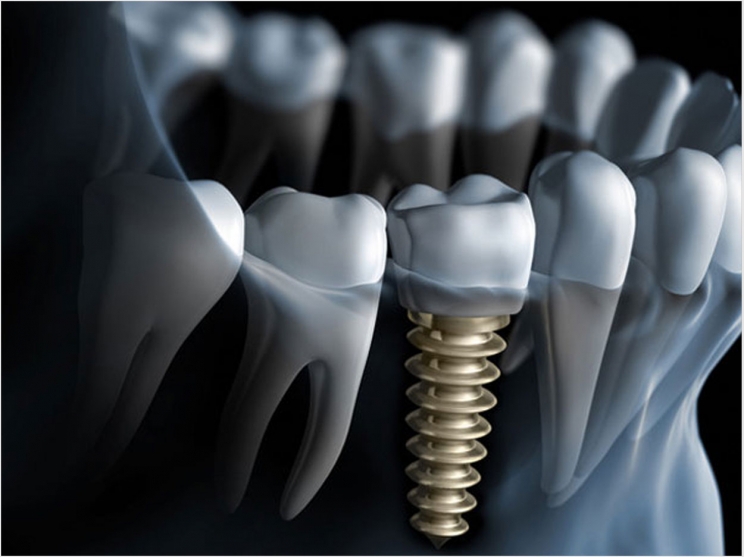
Standards for adequate bone levels before implant placement and for bone loss after placement may need to be reconsidered with the evolution of dental implant technology, according to Michael Klein, DDS, a prosthodontist with Advanced Implant Dentistry and Oral Restoration in Cedarhurst, New York.
Klein and his colleagues evaluated bone level changes in the years following the placement of 87 dental implants using the Paltop Implant System in 50 patients, analyzing radiographs in the one to four years after placement, abutment insertion, and functional loading.
The researchers specifically evaluated and graded mesial and distal surfaces, recording bone improvement, bone maintenance, and bone loss across 174 surfaces. The evaluations of bone levels were in relation to implant type, width, and length, placement into healed bone and extraction sockets, provisionalization, abutment type, and restoration type.
Of the 87 implants place, 30% of implant surfaces had bone improvement, 62% had bone maintenance, and 8% had bone decrease, but at a maximum of 1 mm. This means 100% of the implants met the requirements for successful bone maintenance after abutment insertion and restoration loading, the researchers said.
The study, “Marginal Bone Changes on Ultraclean, Micro-Threaded Platform-Switched Implants Following Restoration: 1- to 4-Year Data,” was published by the Compendium of Continuing Education in Dentistry.
Related Articles
Higher Doses of Botox Lead to Bone Loss in the Jaw
Protein Responsible for Bone Loss Identified
Light Stimulation Makes Bones Heavier











